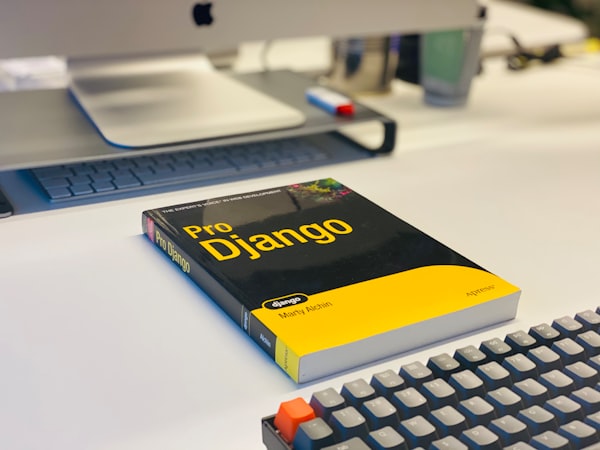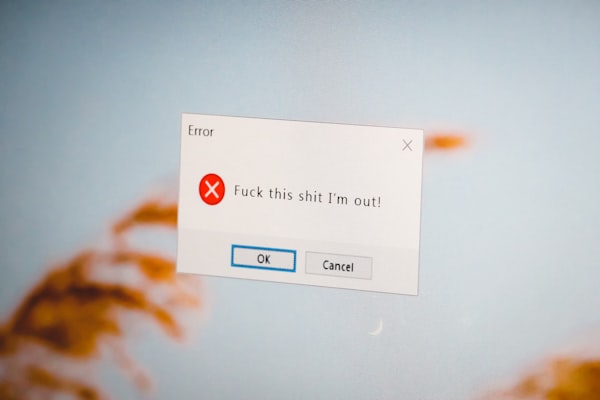How to Write a Blog That People Will Love to Read

Blogging is a great way to share your ideas, opinions, experiences, and knowledge with the world. It can also help you to build your personal brand, grow your audience, and earn some income. However, writing a blog is not as easy as it sounds. You need to create content that is engaging, informative, and relevant to your niche and your readers.
You also need to optimize your blog for search engines, social media, and user experience. How can you do that? Here are some tips on how to write a blog that people will love to read.
1. Choose a topic that you are passionate about
The first step to writing a blog is to choose a topic that you are passionate about. This will help you to stay motivated, consistent, and authentic in your blogging journey. You should also choose a topic that has a clear audience and a demand for information.
You can use tools like Google Trends, Keyword Planner, or BuzzSumo to find out what people are searching for and talking about in your niche. You can also look at other blogs, forums, social media, and online communities to get inspiration and ideas for your blog.
2. Define your target audience and their needs
The next step to writing a blog is to define your target audience and their needs. You need to know who you are writing for, what they want to learn, and how you can help them. You should also know their demographics, psychographics, pain points, goals, and challenges.
You can use tools like Google Analytics, Facebook Insights, or SurveyMonkey to collect and analyze data about your audience. You can also create personas or profiles of your ideal readers to better understand and empathize with them.
3. Create a catchy title and a captivating introduction
The title and the introduction of your blog post are the first things that your readers will see. They will determine whether they will click on your post, read it, or bounce off. Therefore, you need to create a catchy title and a captivating introduction that will grab their attention and entice them to read more.
You can use tools like CoSchedule Headline Analyzer, Portent Title Maker, or HubSpot Blog Ideas Generator to generate and optimize your titles. You can also use techniques like asking a question, making a promise, stating a benefit, or creating curiosity to hook your readers in your introduction.
4. Write in a clear, concise, and conversational tone
The way you write your blog post will affect how your readers perceive and understand your message. You need to write in a clear, concise, and conversational tone that will make your readers feel like you are talking to them directly.
You should also use simple and familiar words, short and active sentences, and bullet points and subheadings to break up your text and make it easier to read. You should also avoid jargon, slang, acronyms, and grammar and spelling errors that can confuse or annoy your readers.
5. Provide valuable and actionable information
The content of your blog post is the most important part of your blog. You need to provide valuable and actionable information that will solve your readers’ problems, answer their questions, or teach them something new. If you make any wild claims - back them up with facts, statistics, examples, and sources.
You should also use images, videos, infographics, charts, and graphs to illustrate and support your points and make your content more appealing and engaging. You should also include a call to action at the end of your post that will encourage your readers to take the next step, such as subscribing to your newsletter, leaving a comment, or sharing your post.
6. Edit and proofread your blog post
The final step to writing a blog post is to edit and proofread your blog post. You need to check your blog post for any errors, inconsistencies, or redundancies that can affect its quality and credibility.
If you're a perfectionist, you can use tools like Grammarly, Hemingway, or ProWritingAid to help you with editing and proofreading your blog post. You can also ask someone else to read your blog post and give you feedback and suggestions for improvement. You should also preview your blog post and make sure that it looks good on different devices and browsers.
Conclusion
Writing a blog is a rewarding and enjoyable activity that can help you to express yourself, connect with others, and make a difference. However, writing a blog also requires some skills, strategies, and tools that can help you to create content that is interesting, useful, and relevant to your audience and your niche.
By following the tips above, you can write a blog that people will love to read and that will help you to achieve your blogging goals. Happy blogging! 😊





